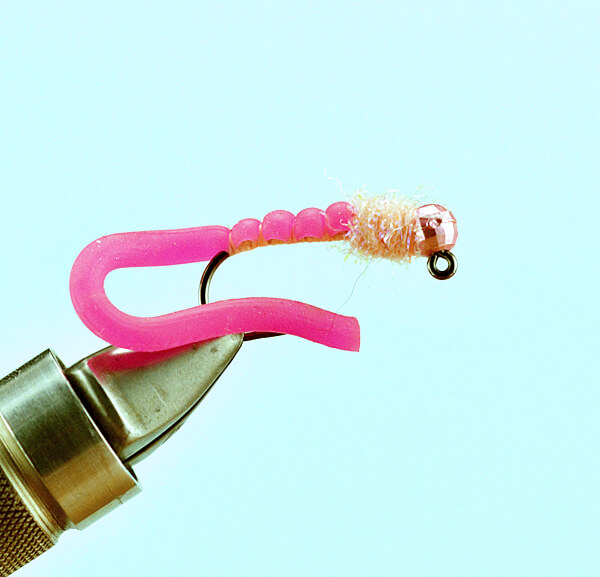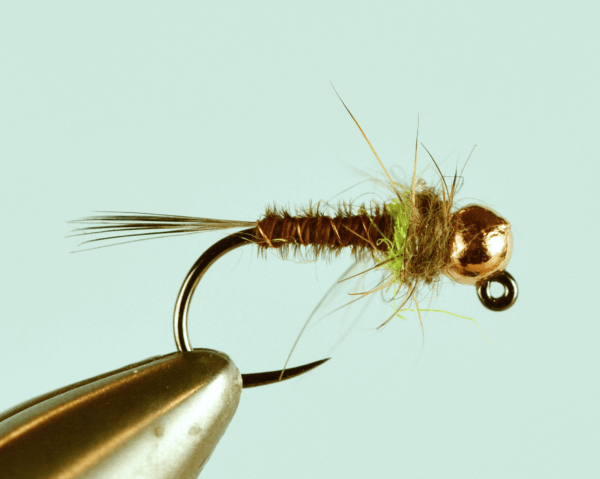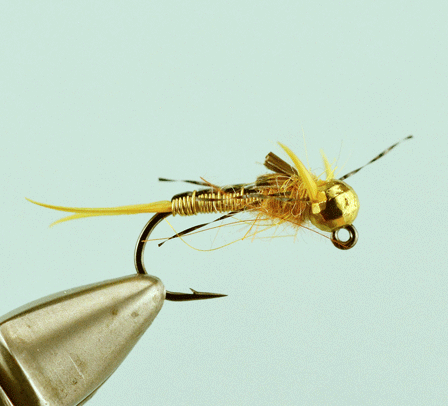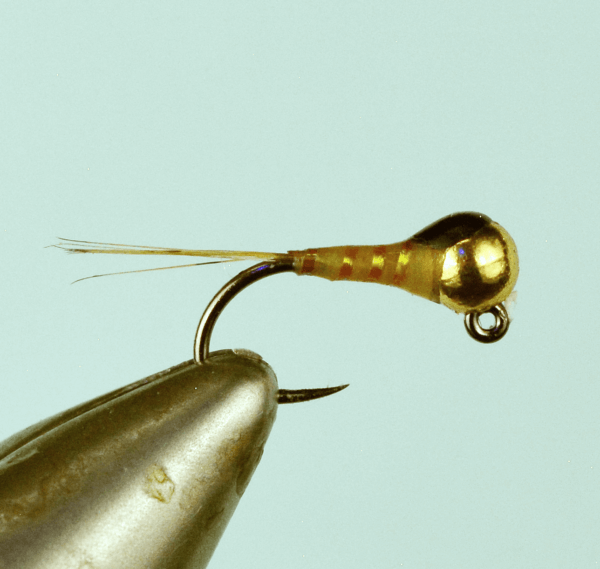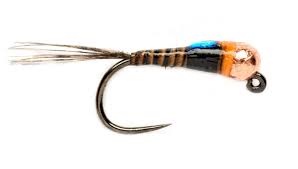At the Missoulian Angler, the jig nymph has positively changed fly fishing success rates to such a point they outsell standard nymphs a pace of 3:1. They are considered to be some of the best trout nymphs by many. Unless a very specific hatch matcher is needed, it’s rare for anyone in the fly shop to recommend a standard nymph. Why has the jig nymph so quickly and completely changed the way we fish? For all the same reasons the jig nymph will change the way you fish whenever you decide to catch some fish and go deep!
It starts with a slotted tungsten bead. The fishhook is a product of 1000’s of years of design, and it’s designed so it aligns itself in the water shank up, hook point down. By definition, a jig rides hook point up, shank down. It’s the tungsten bead, with its high density and excellent weight to size ratio that changes the hook from riding point down to point up. Of course, enough weight to offset the balance of the hook also means the jig fly sinks faster than a classic nymph tied with a standard bead.
We all want our trout nymphs close to the bottom, and the tungsten bead helps in that aspect. But as every angler knows, the bottom is also an excellent place to snag. This often starts the process of re-rigging, which often gives us a chance to closely examine the cost benefits of being close to the bottom. The jig style nymph shines in this aspect as well.
Riding hook point up, the jig nymph is significantly less prone to snagging on the bottom. You can do it, but with the hook point up, there’s less chance of snagging to a point you can’t get your fly back. When you see the jig nymph is less prone to snags, you’ll regain the confidence that every fourth cast won’t be so costly. You’ll start to work closer to the bottom, where the fish are looking for food. The tungsten jig s get you closer to the bottom, and snag less. You fish longer, rig less, and stop worrying about cost benefits!
Many jig nymphs are the flies you’re already using, tied on an inverted hook. The Pat’s Rubberlegs, Pheasant Tail Nymph and Hare’s Ear Nymph immediately come to mind. These flies produce everywhere a line gets wet. Now they’re available as jig nymphs, and these top producers just got more effective. If you’re looking to ease your way into jig nymphing, going with a classic fly, inverted as a jig, to jumpstart your entrance into this fly style.
The jig style has also spawned its own style of fly. Loosely known as the Perdigon, this jig nymph is sparse and has a coated body. It’s designed to sink rapidly, getting where the fish are faster than any other nymph we sell. Make sure to vary your sizes, to match your local insects. Be ready to be closer to the bottom, and then be ready to start taking more and bigger fish! It’s what the jig nymph is all about!
Here is a list of some of the best nymph patterns tied with the Jig style hook that work across the country.
Top 9 Tungsten Jig Nymphs
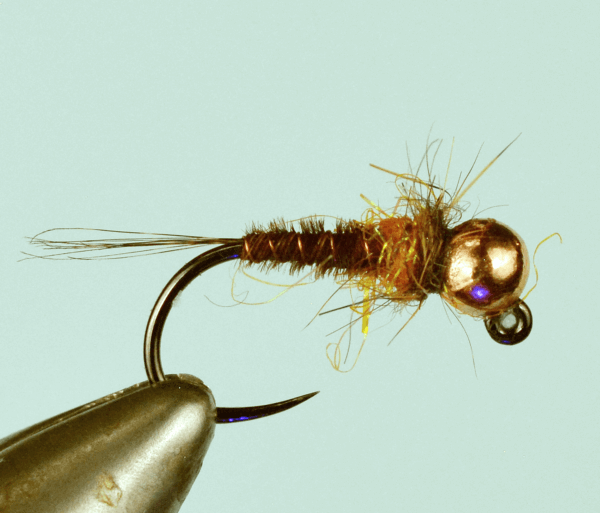
PT Hot Spot – Orange
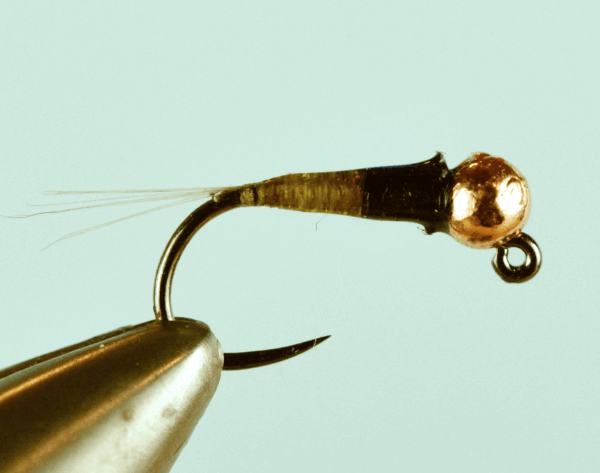
Bullet Quill
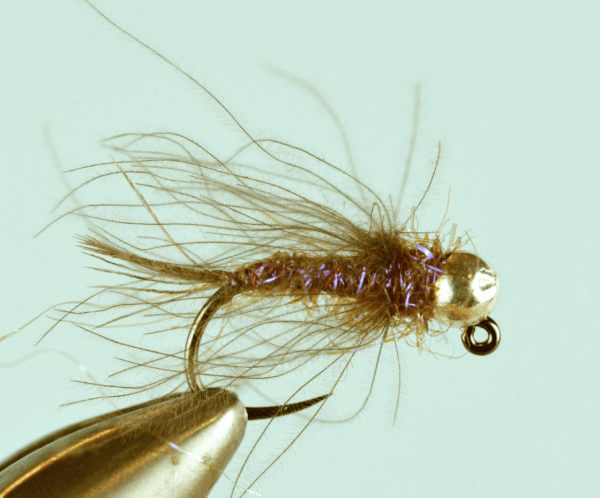
TH Duracell
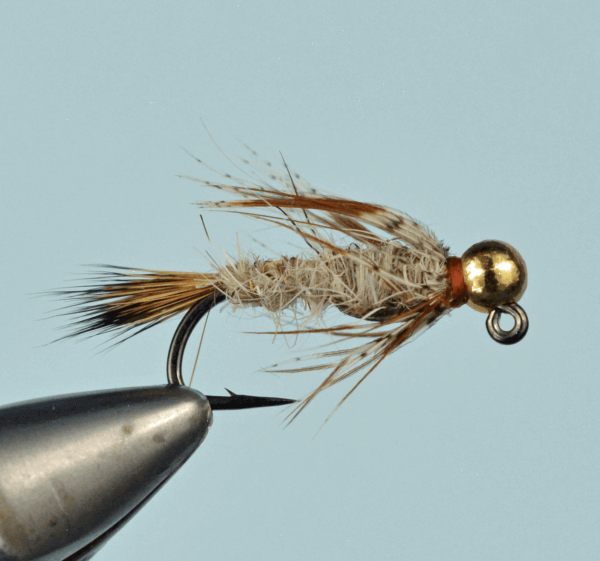
Hare’s Ear Jig
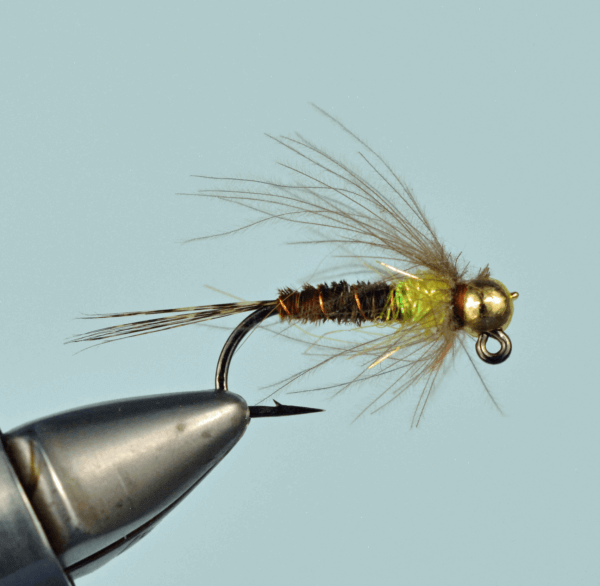
Yellowspot Jig
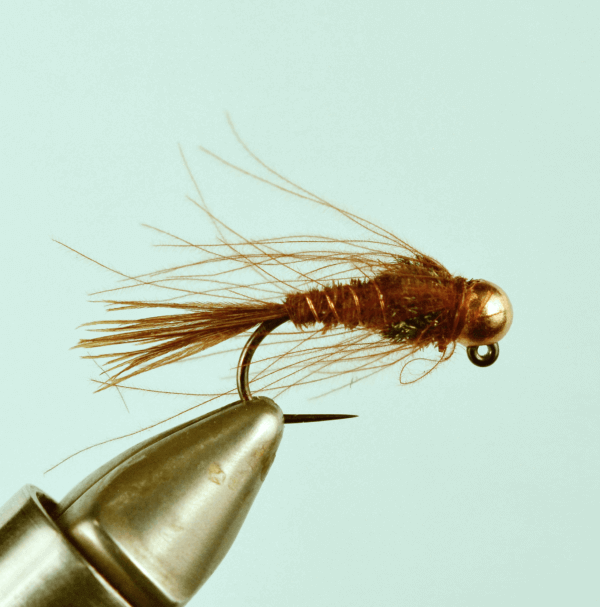
Pheasant Tail Jig
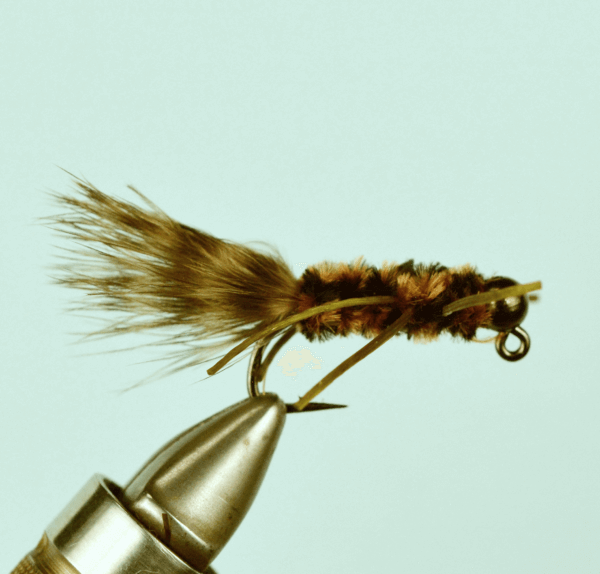
TJ Hooker
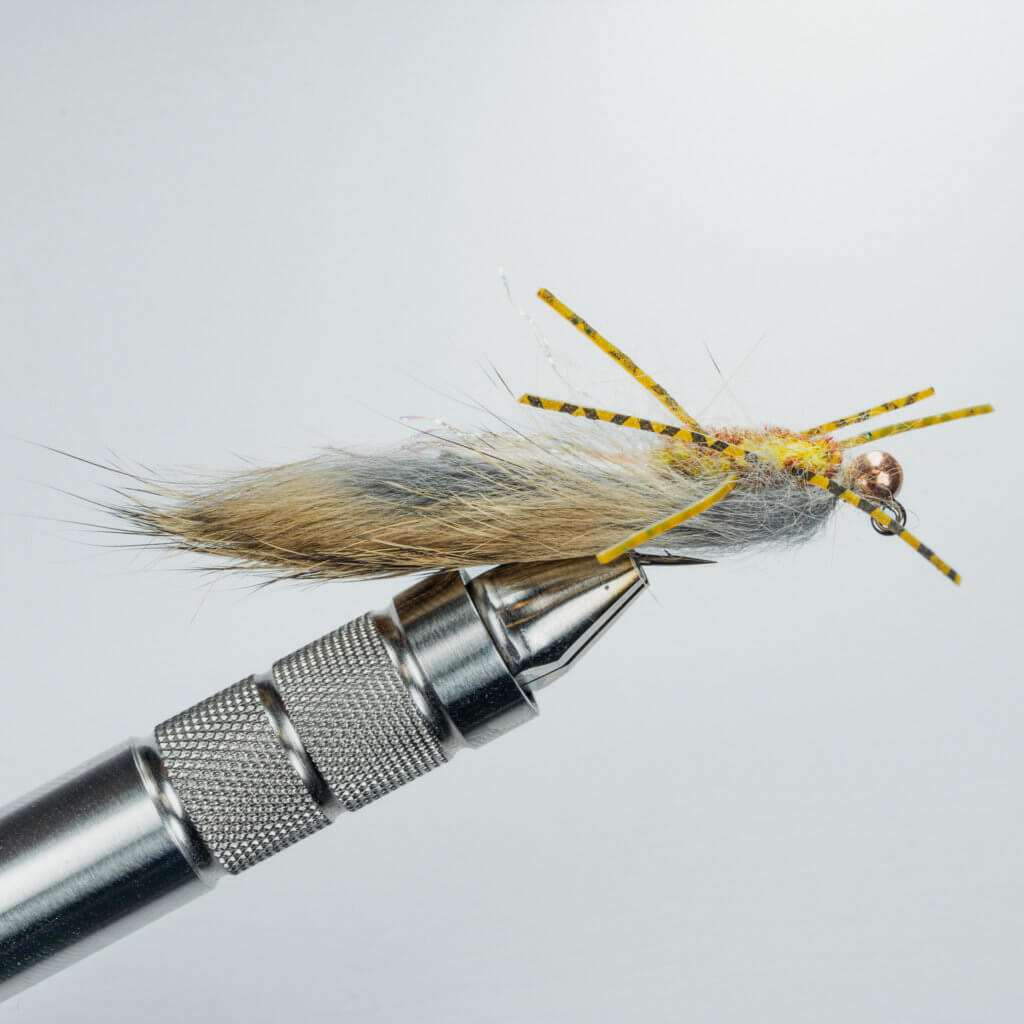
Zirdle Jig
